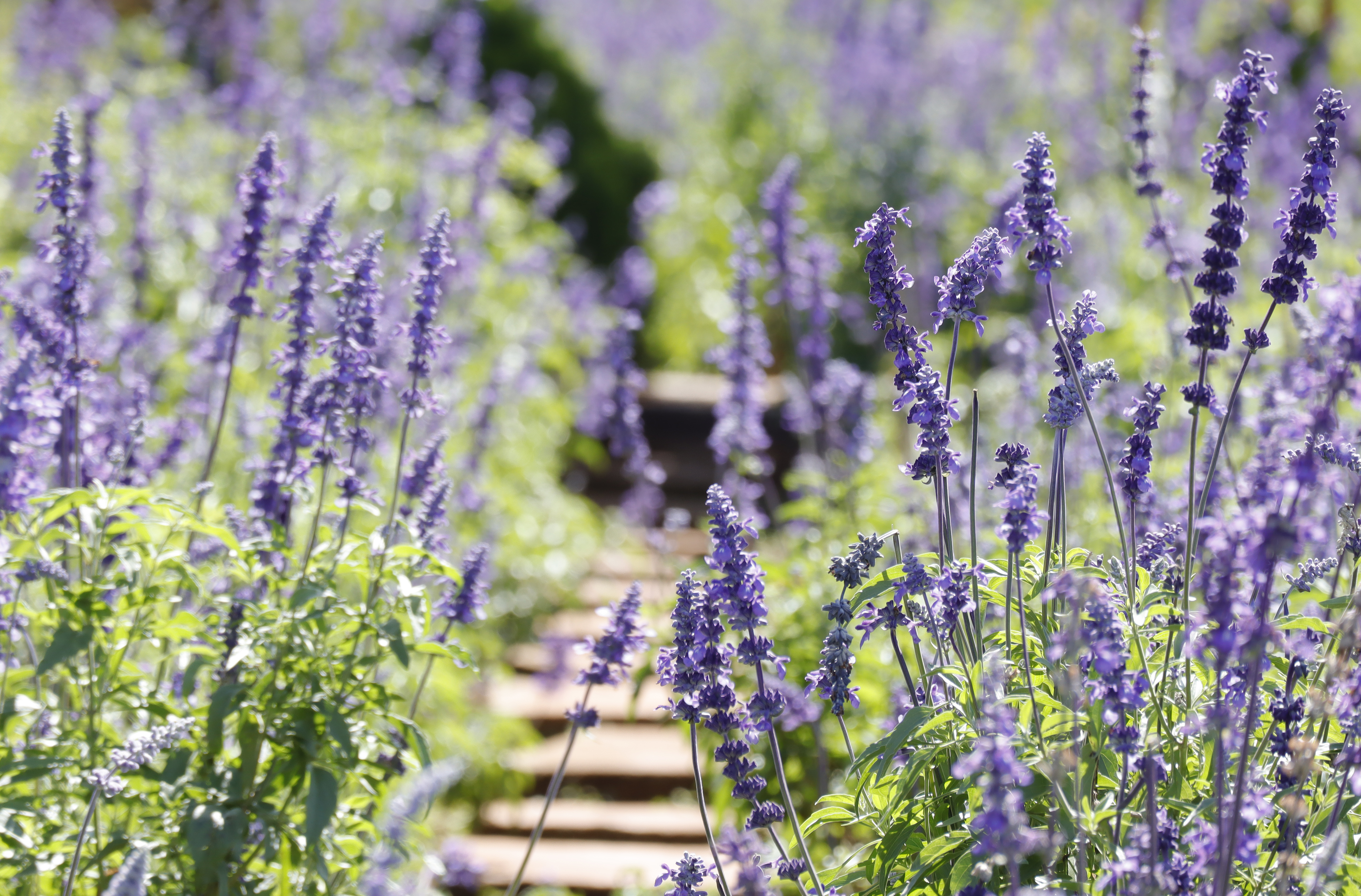
Bright, fragrant and beautiful — Lavender makes a great addition to any space and best of all, it also makes the perfect vegetable companion. Holding many benefits, lavenders wondrous scent can keep those pesky pests at bay, as well as welcoming pollinators to keep your crops healthy and happy.
'If you’re growing sun-loving vegetables in your garden, consider the lowly-but-lovely lavender plant as a worthy companion,' says Christine Schaub a gardening, home decor expert and the host of 'Come On Over' a series on YouTube. 'Not only are the purple blooms and dusty-green stalks/foliage beautiful, the lavender scent—which is so appealing to humans—deters destructive, crop-destroying insects'.
Companion planting is a great way of diversifying a space, as well as granting a healthy and happy backyard. Here are a few lavender companions you can add into your vegetable beds to get the best out of your crops.
Lavender companion vegetables
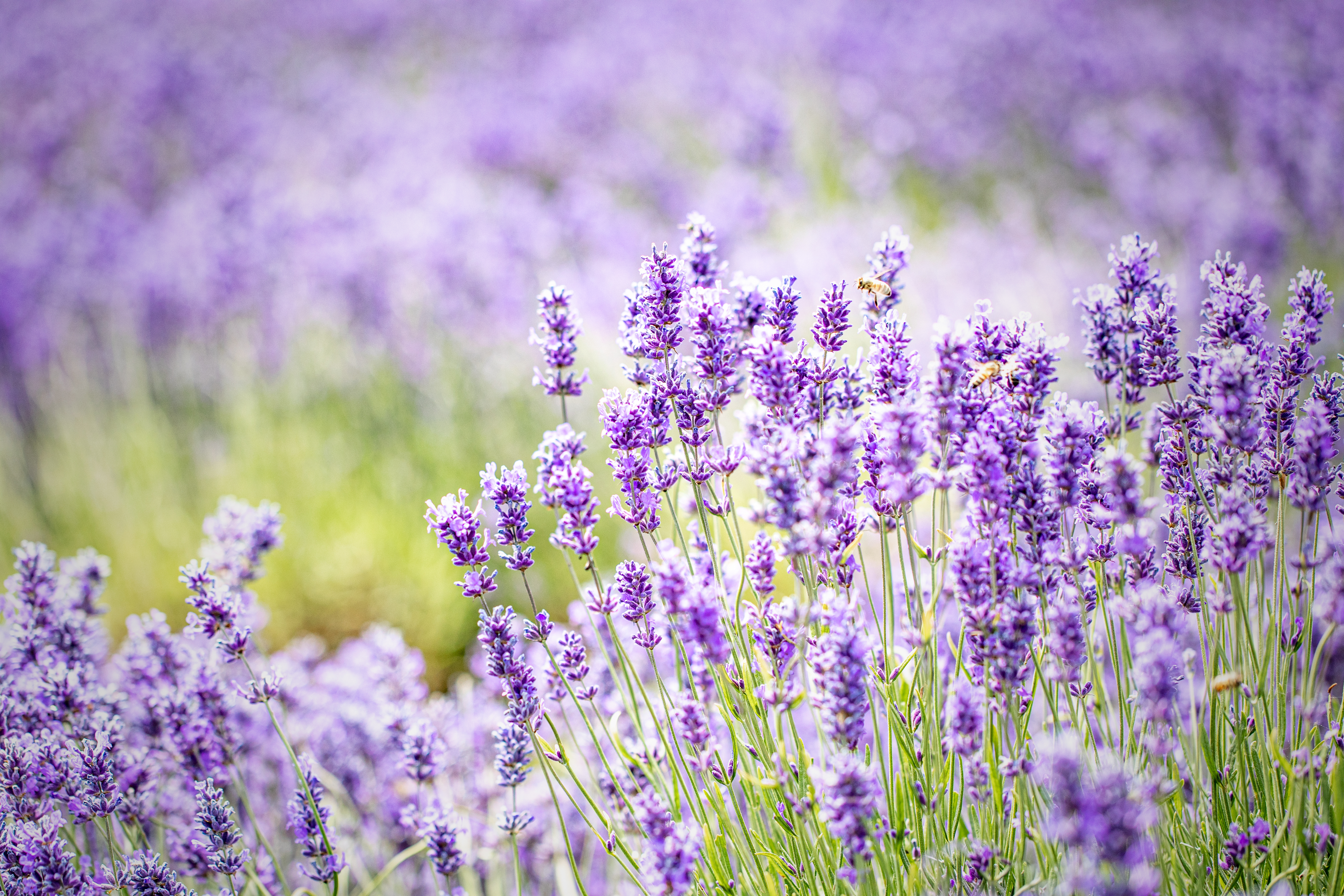
Lavender not only looks great, but its fragrance lures bees and other pollinators. As for humans,l avender's scent has bountiful calming properties, so why wouldn't you want this beauty in your backyard?
As for companion planting, gardening expert and founder of Simplify Gardening Tony O'Neill says: 'Lavender is a great companion plant due to its aromatic foliage, which can deter pests and attract beneficial insects'.
So, If you're looking for what grows well with lavender, then we've got you covered — here's what the experts think.
1. Tomatoes
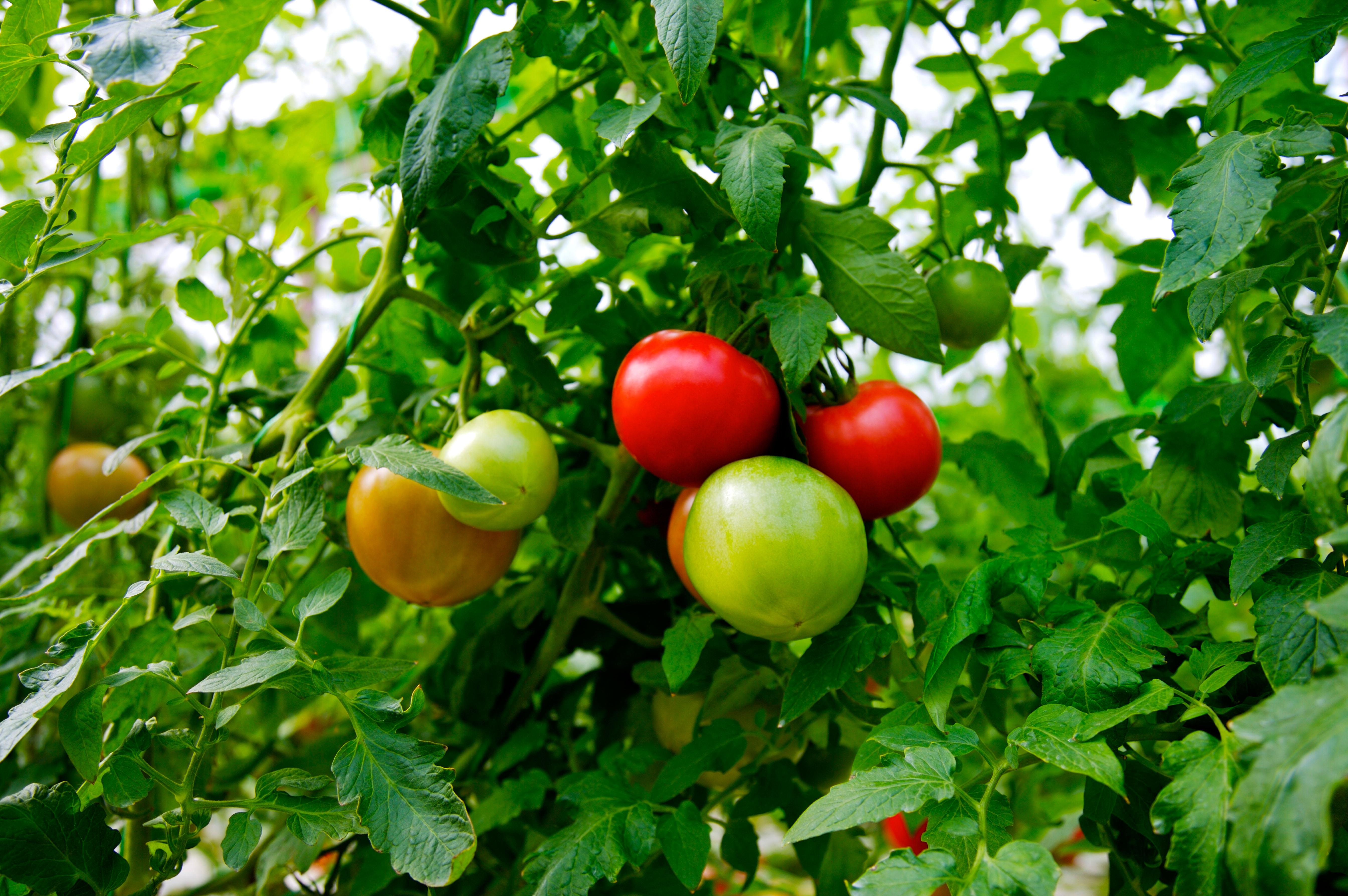
Knowing the best companion plants for tomatoes will grant you a healthy and happy crop. But often, just like any other plant, tomatoes can face pest infestation and lavender may just be its saving grace.
Christine Schaub gardening, home decor advisor and the host of 'Come On Over' web series, tells us: 'Their scent masks the tomato-plant fragrance, and helps deter destructive white flies and spider mites'. Christine adds: 'Bees, butterflies and hover flies flock to the lavender’s scent, then give a "shake down" to tomato pollen to enhance production'.
Hardiness zone: 5-9
Soil type: Well-drained
Sunlight: At least 6 hours of full sun
Price: $2.46
Rating: 4.7 out of 5 with 72 reviews
Quantity: 1 Pack
2. Brassicas
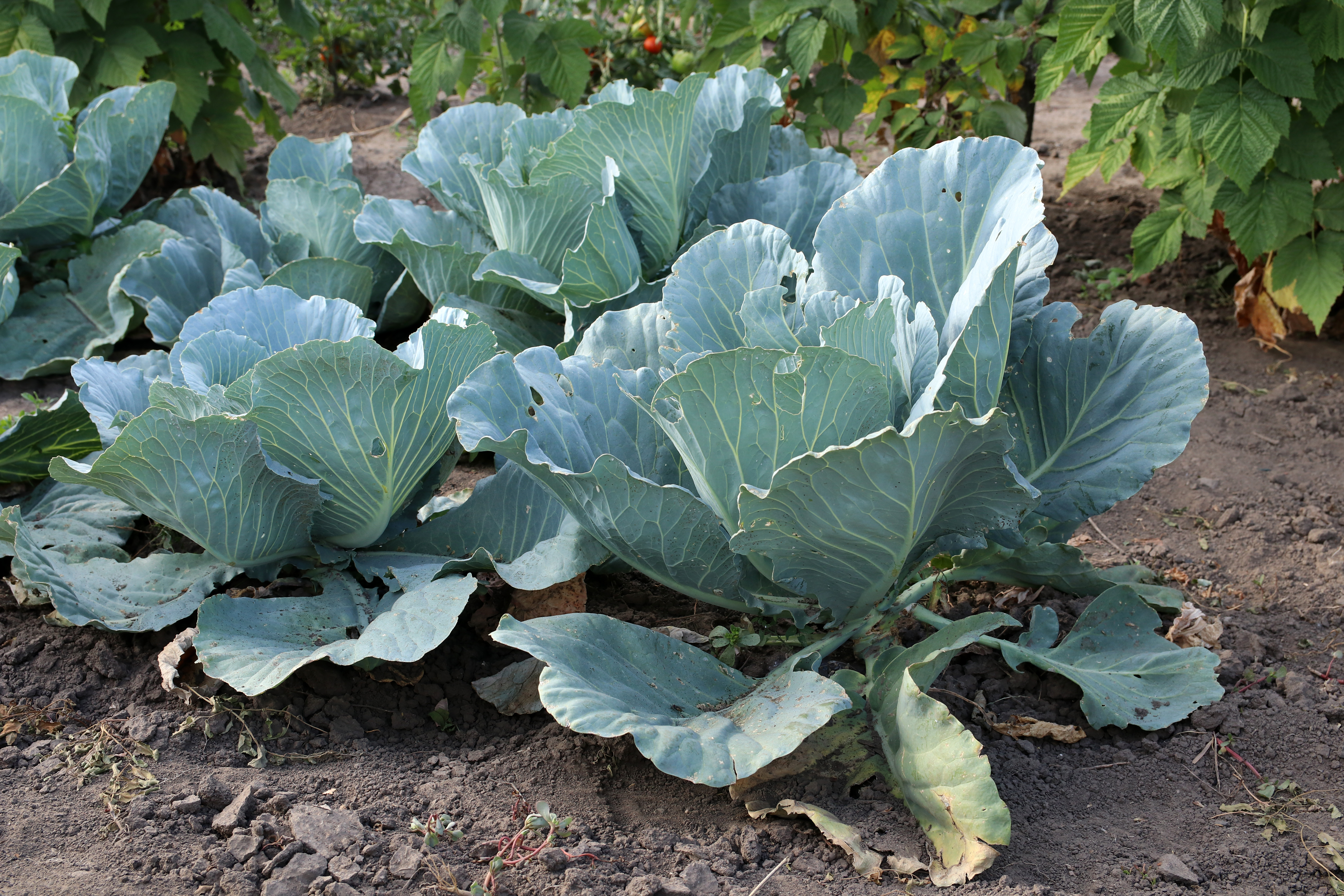
Brassicas (such as broccoli, brussels sprouts, cabbage etc) make great additions for a modern vegetable garden, and they seem to be an ideal pairing next to lavender.
'Since moths, aphids, and white flies have a real distaste for lavender, they’ll avoid what they’re really after: Your brassicas,' says Christine — which why these purple perennials by your crops is a must.
If you are going to plant this herb by your brassicas, try planting lavender in containers to avoid your crops from drying out as these blooms often thrive is well-drained soil.
Hardiness zone: 5-8
Soil type: Well-drained
Sunlight: Full sun for 4-6 hours
Price: $3.48
Rating: 5/5 stars with 5 reviews
Quantity: 500 Seeds
3. Pepper
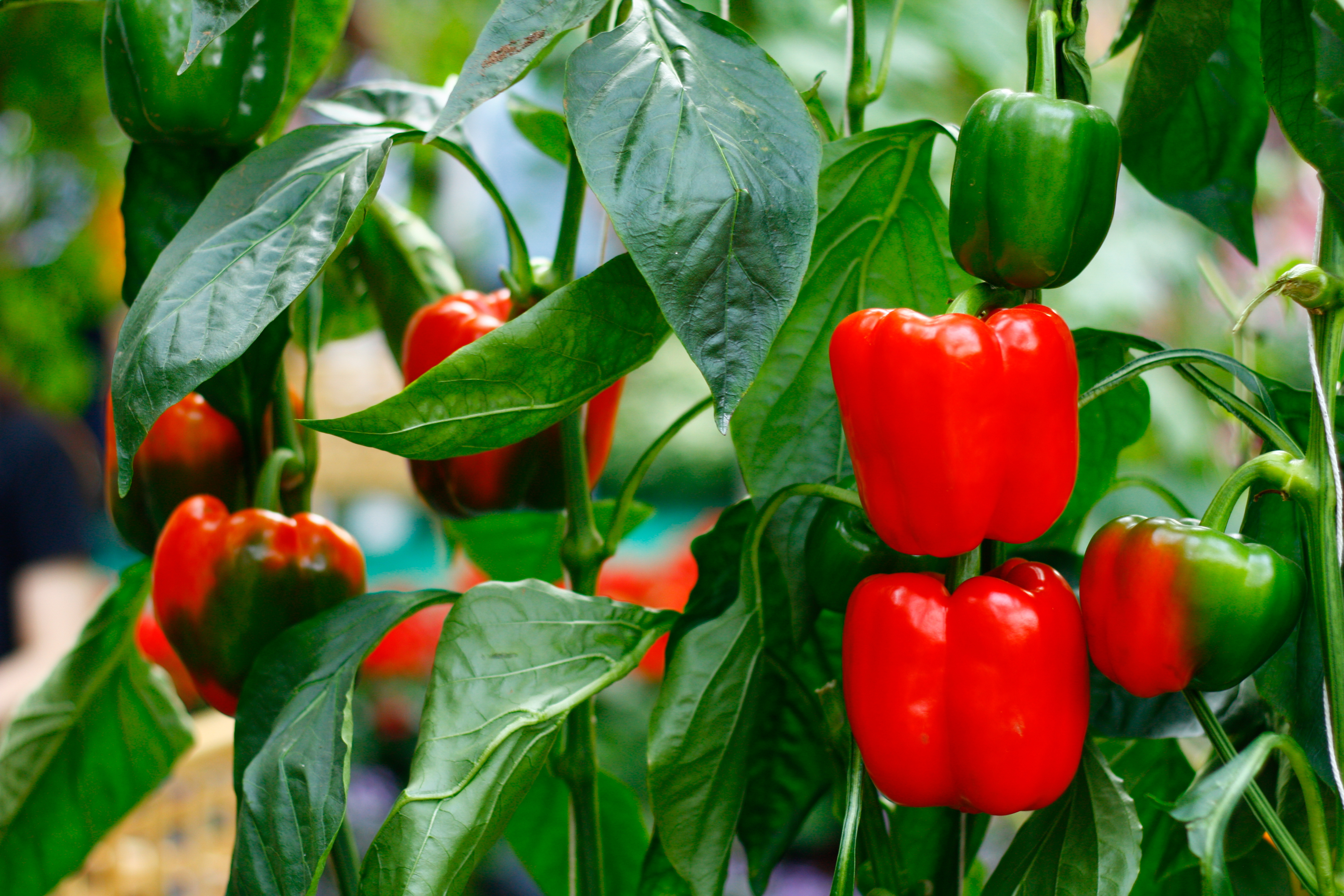
As well as being a tasty vegetable you can sow and eat this summer, pepper and lavender can be quite the match.
Christine says: 'Bees adore your peppers, almost as much as your lavender. Planting them together improves how well the peppers set and grow for harvest. Aphids and spider mites also adore your peppers, but will skip over them when they detect lavender in the mix'.
Hardiness Zone: 9-10
Soil type: Sandy, loamy soil
Sunlight: 6-8 hours of full sun
Price: $2.97 Was: $3.99
Rating: 4/5 stars with 249 reviews
Quantity: 200mg
4. Cucumber
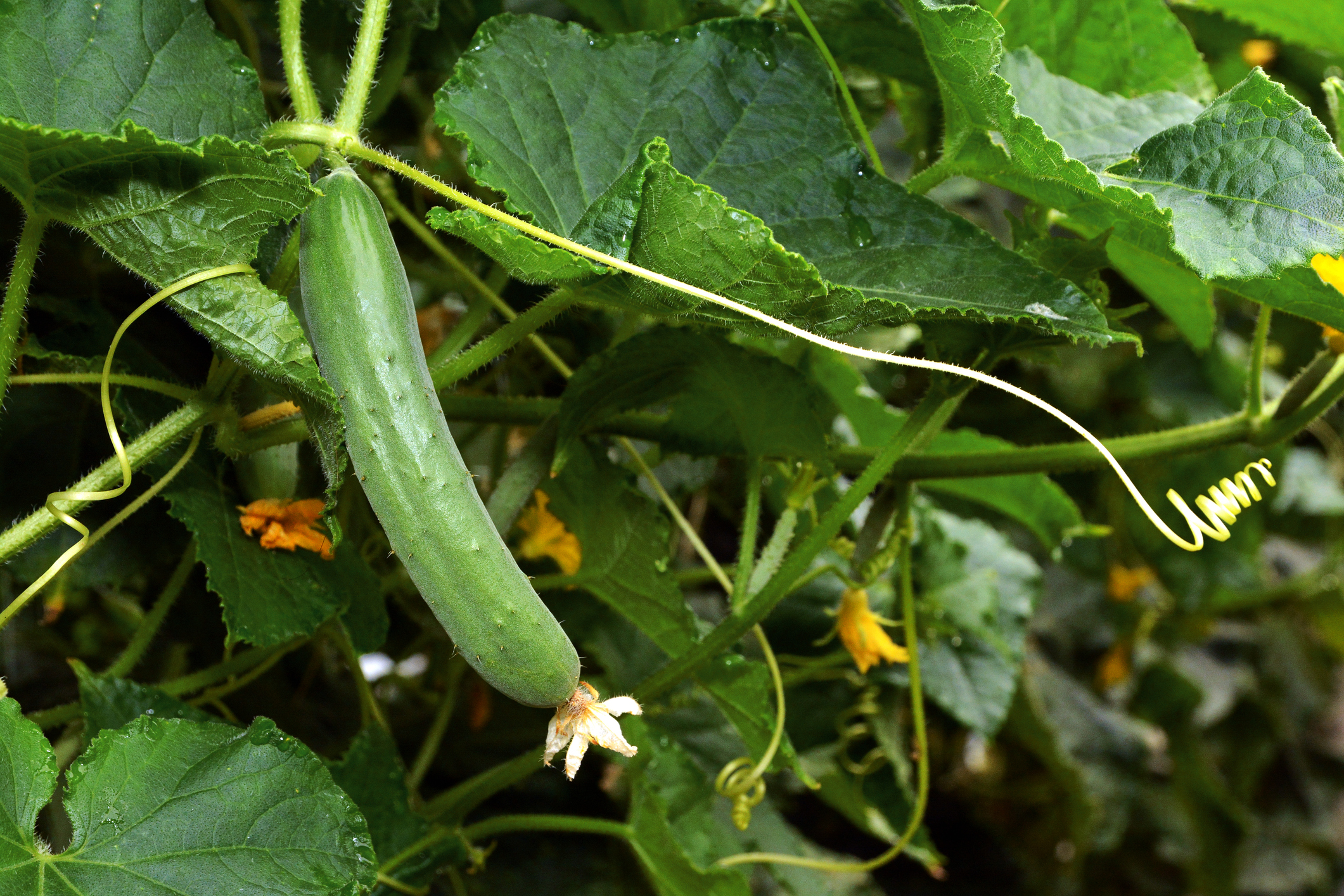
Vegetable container gardening just got a little more exciting, so why not grow your favorite salad ingredients in a container? If you're adding this tasty snack into your backyard, make sure you protect them from creepy crawlies. Pests such as moths can defoliate plants and impair their growth and development.
'These gourds smell great, but lavender smells better,' says Christine. 'Moths and fleas will search for your cucumbers, but give a wide berth to your companion plant'.
Hardiness Zone: 4-12
Soil type: Well-drained soil
Sunlight: 6-8 hours of full sun
Price: $4.85
Rating: 4.6/5 with 271 reviews
Quantity: 76 seeds
5. Root crops
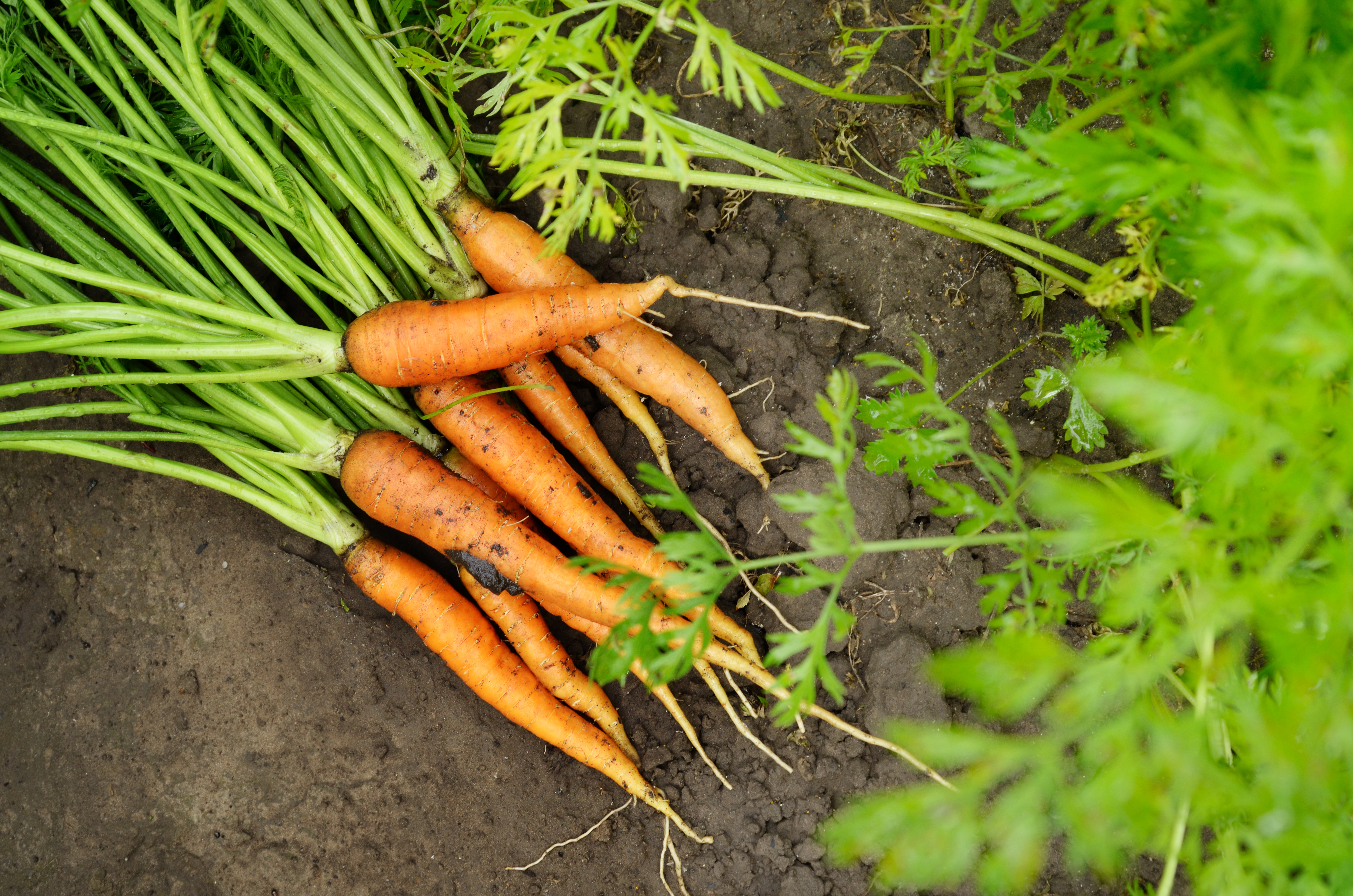
Looking for some tips and tricks to make your vegetable garden look beautiful? Try planting a diverse range of root crops such as carrots.
Christine tells us: 'These root crops have similar pest problems, like flies, aphids, and moths. Lavender blooms attract their enemies—parasitic wasps and other insects—to help eliminate problems before they even begin'.
Hardiness Zone: 3-10
Soil type: Sandy, loamy soil
Sunlight: 6-8 hours of full sun
Price: $2.46
Rating: 4.7/5 with 74 reviews
Quantity: 1 pack
6. Eggplant
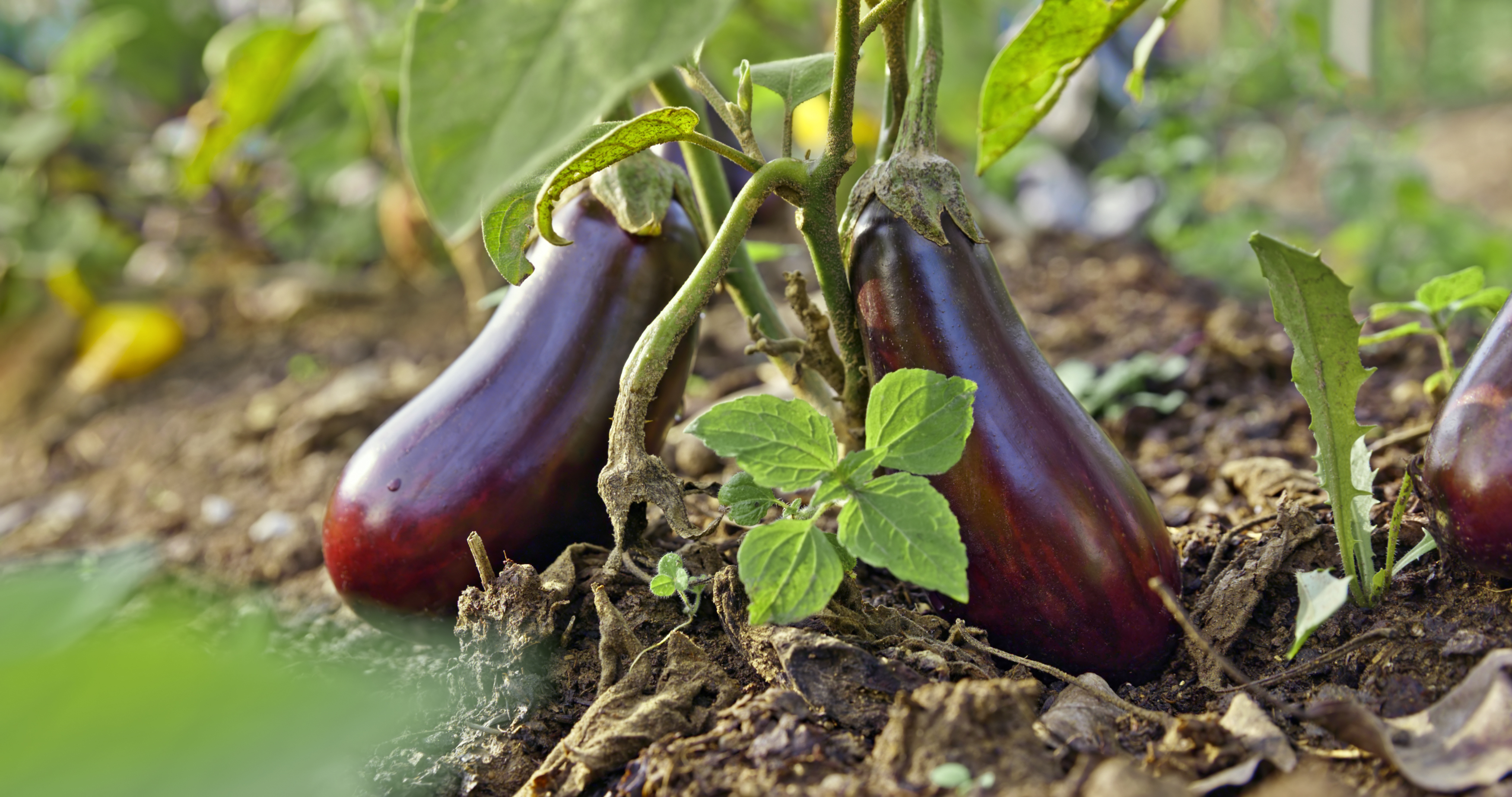
Eggplant is an ideal vegetable to plant in June as they thrive and grow well in warmer conditions.
Gardening expert and founder of Simplify Gardening Tony O'Neill tells us, this vegetable is great to grow near lavender. He says the benefits are 'lavender attracts pollinators that help with eggplant pollination and can deter pests like aphids and spider mites'. As for why these two make a great pairing, Tony says :'Both plants prefer sunny and well-drained growing conditions'.
Hardiness Zone: 5-12
Soil type: Sandy soil
Sunlight: full sun 6-8 hours
Price:$2.46
Rating: 4.4/5 with 43 reviews
Quantity: 1 Pack
7. Beans
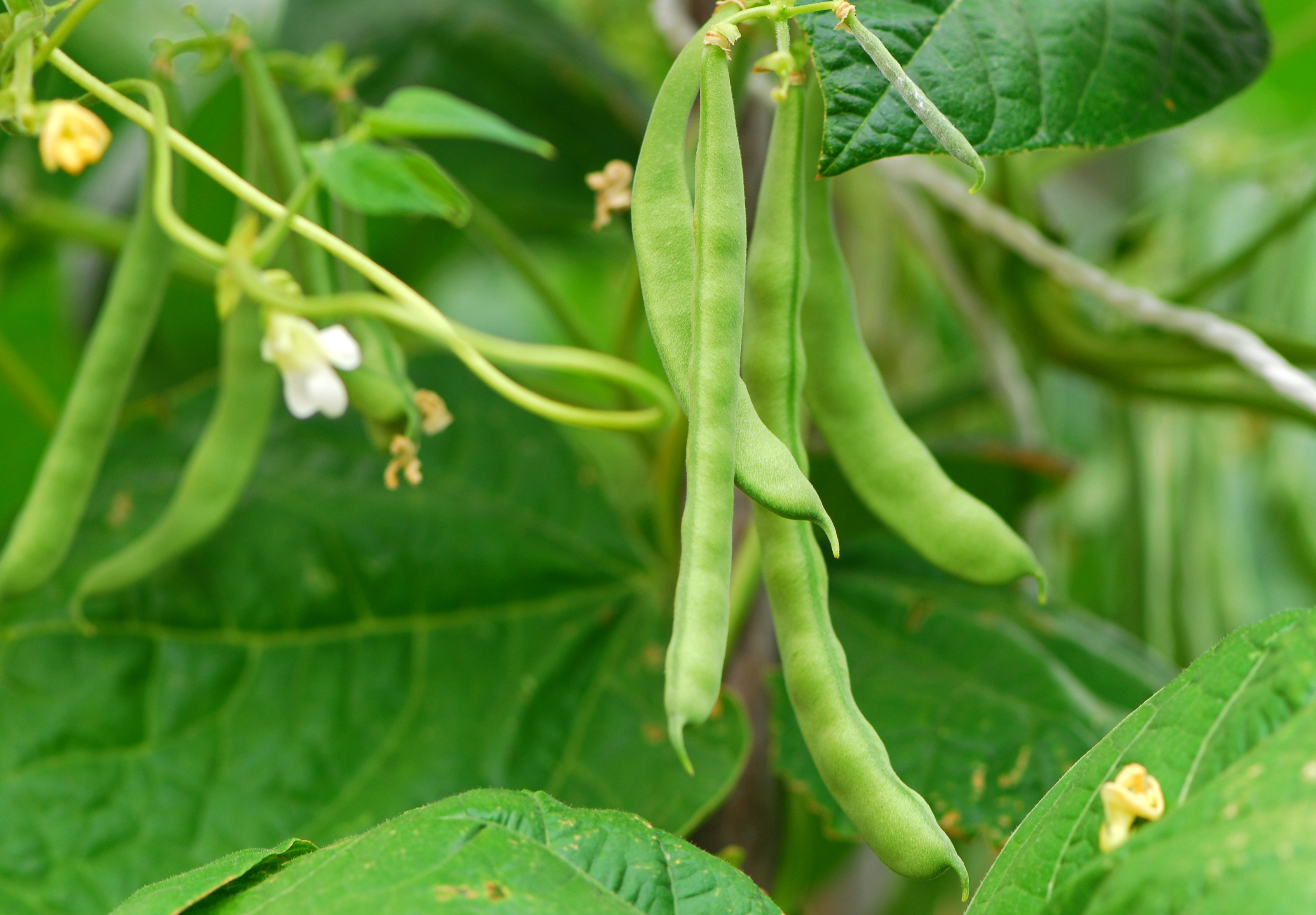
Where to plant lavender is not as hard as you might think. Why not add it next to a tasty and nutritious treat? Tony says beans work well with lavender as a companion vegetable as 'beans fix nitrogen in the soil, which can benefit lavender and lavender, in turn, attracts pollinators to bean flowers'.
Tony says these two plants work well together as they 'enjoy sunny locations and well-drained soil, making them good companions'.
Hardiness Zone: 2-11
Soil type: loamy, moist
Sunlight: 4-6 hours of full sun
Price: $2.46
Rating: 3.7/5 with 47 reviews
Quantity: 1-Pack
FAQS
Which vegetables to avoid planting near lavender
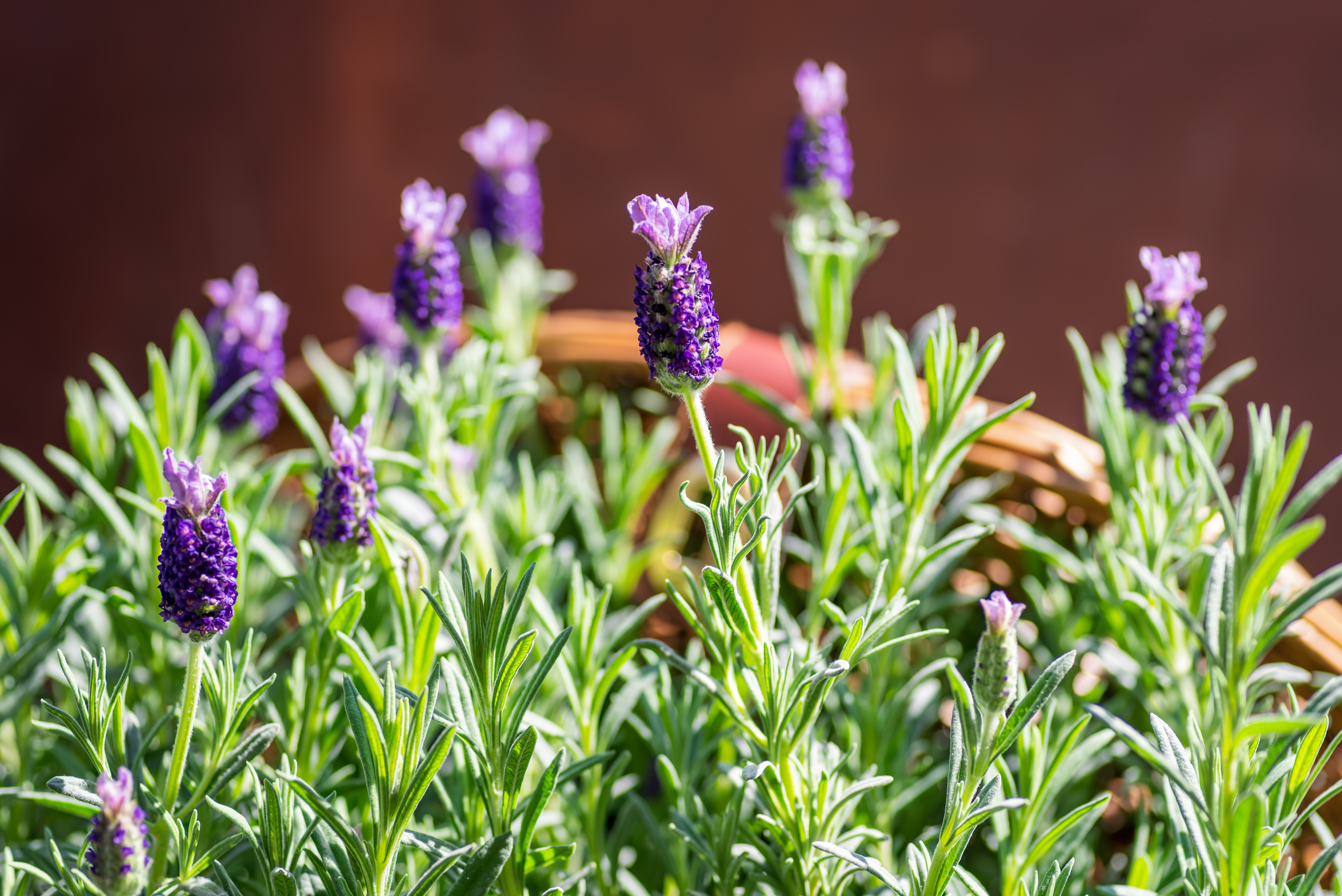
Lavender plant care is understanding what works well next to these scented beauties and what does not. It is important to understand that lavender is often placed in low moisture/ well-drained soil, so be sure to keep it away from plants such as mint, hostas, ferns and hydrangeas that require a lot more moisture in order to grow.
Christine says: 'Lavender should not be planted in-ground directly next to any vegetables needing heavy watering, since they don’t thrive in dense, wet soil. So while cucumbers, celery, and squash are water-loving plants, keeping lavender uphill from their mounds makes them better companions'.
Tips on growing lavender in your vegetable garden
Christine says you should follow these methods if you want the best out of your lavender and vegetable garden.
Use containers for your lavender - Christine says It’s easier to 'control moisture and sun levels in potted lavender. If garden conditions change (more watering needed, less sun required), moving potted lavender takes seconds to help it thrive'.
Companion planting - 'Lavender appreciates a good companion, too! Adding another plant from the same region, like rosemary, keeps the natives happy and thriving'.
Give your lavender space - The expert says 'Lavender likes to 'air out' and expand its flower spikes, so crowding it with other plants is not helpful'.
What is the best way to take care of Lavender Companion Vegetables?
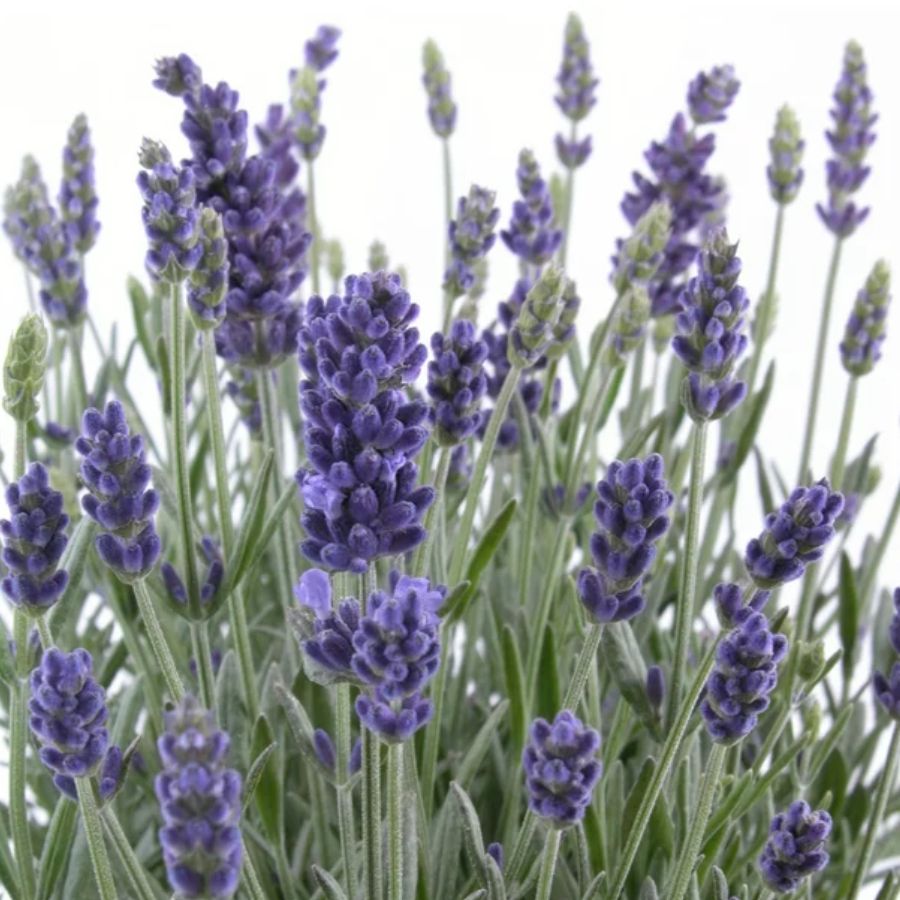
Gardening expert and founder of Simplify Gardening Tony O'Neill says if you want the best out of your lavender companion vegetables, you should follow these steps:
1) Soil Preparation: Tony says you need to ensure 'the soil is well-drained and slightly alkaline to suit both lavender and its companion vegetables'.
2) Watering: Next, be sure to 'water deeply but infrequently to encourage deep root growth. Lavender and its companions prefer drier conditions between watering'.
3) Mulching: 'Use mulch to retain soil moisture, suppress weeds, and maintain consistent soil temperature,' the gardening expert adds.
4) Pest Management: It is important to regularly inspect plants, Tony says this will help you identify signs of pests and disease. 'Utilize lavender's pest-repelling properties to reduce the need for chemical treatments'.
5) Pruning: Last, but not least, Tony tells us to 'regularly prune lavender to prevent it from becoming too woody and to encourage new growth. This also helps ensure it doesn’t overshadow its companion vegetables."







